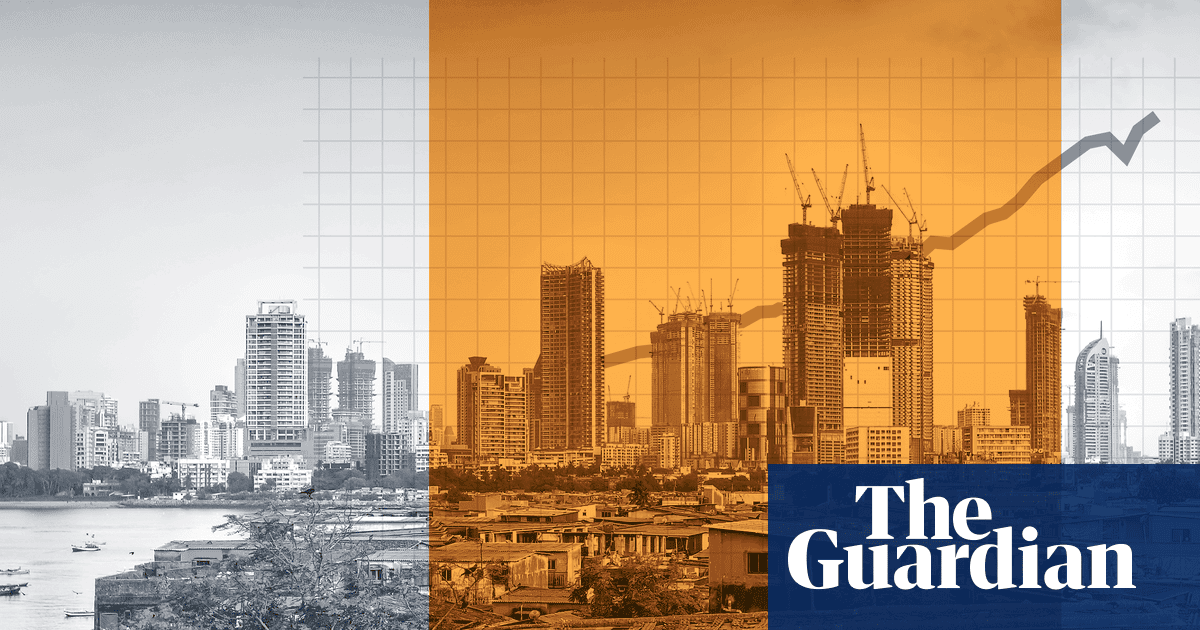
"It was still only early April when farmhands and construction workers began to collapse from heat exhaustion in northern India, while daytime temperatures topped 40C (104F) in the capital, Delhi. Night-time record highs caused spikes in air conditioning use, overwhelming the electricity grid and causing protracted power outages as people struggled to keep cool. The blazing heat had come earlier than usual."
"Two-thirds of Indian households experience some form of energy poverty, according to one study, a lack of safe, reliable and affordable energy for lighting, cooking, heating, and other daily activities fundamental for human health and economic prosperity. Now the demand for life-saving cooling among the growing minority lucky enough to afford it is adding further strain on India's generation capacity and distribution infrastructure and contributing to the 7% to 8% annual increase in electricity demand."
GDP per capita is $2,880 (global average $14,210) and the country ranks 142 of 193. Total annual CO2 emissions are 3.06bn tonnes (third highest country) with CO2 per capita at 2.13 metric tonnes (global average 4.7). The most recent NDC is from 2022 and a new NDC awaits ministerial approval; climate plans are highly insufficient. Population totals 1.45 billion. Early and intense heatwaves caused workers to collapse, pushed daytime and nighttime temperatures to dangerous highs, and produced spikes in air conditioning use. Widespread outages and blackouts disrupted daily life, two-thirds of households face energy poverty, many rely on diesel generators, and cooling demand is driving a 7–8% annual rise in electricity demand.
Read at www.theguardian.com
Unable to calculate read time
Collection
[
|
...
]